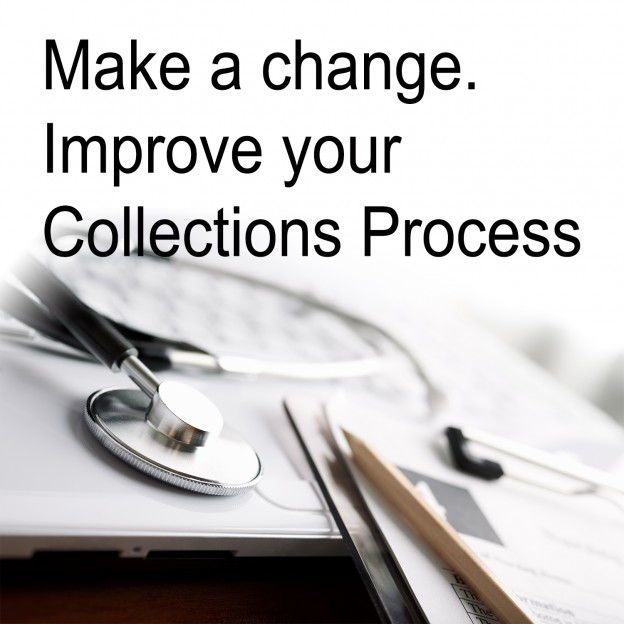Posted By Ashok Mathur On August 31, 2016
How to improve your collections process with 5 easy changes

In today’s medical billing world of keeping up with regulatory issues (like ICD 10 changes), it is imperative to have the right staff and workflow challenges and to have the right software to support your agency needs. If you are a public health department, a community health, behavioral health, FQHC or private practice, make sure you have an Electronic Health Records system that handles both practice management (PM) tasks as well as billing functions. An integrated PM and Billing EHR will decrease your costs and increase efficiencies throughout the agency, but in this blog I want to talk about collections and, with the help of your EHR, what you can do to improve your billing efficiencies.
1. Collect Upfront: Collect payment before service is provided. By collecting up front, you will not have the headaches of billing, collections and write offs later. To do this you need to verify patient’s insurance prior to providing service, i.e. at check in. Based on their insurance and agency policies, collect appropriate co-payments upfront. An EHR with built-in real-time insurance eligibility verification (IEV) capability can make it easy.
2. Submit Clean Claims: Ensure your EHR software has built-in functionality to ‘scrub the data’ and detect errors before submitting to payers. This reduces your denials, and therefore shorten the total time for receipt of payment. The EHR should make it easy to resubmit claims.
3. Automate Claims Submission: Once you have clean claims, submit claims easily and seamlessly. Given that patients have various insurers (i.e. more than just Medicaid), it is recommended to automate this process. Your EHR should connect with over 5000 payers through an integrated Clearinghouse to avoid having to upload or download billing files (835/837). Make sure to check whether or not there is a charge for this connection.
4. Reduce Denials and Errors: Ensure that you are using an end-to-end EHR including patient scheduling, electronic charting and billing. You need to enter data only once and it auto-populates everywhere else. This avoids duplicate data entry, minimizes staff time and reduces errors. 5. Generate Reports: With tight budgets and increasing costs, it is important to know where your money is and claims status. Getting relevant and meaningful reports out of your EHR should be as simple as pushing a button.
If you’re not already managing your collections process in this fashion, you may want to adjust your workflow to include these easy changes. And double check your EHR software. Often there are areas of technology that are not fully utilized. Dig deep, learn your system, and use it to its full potential.
If you don’t yet have an EHR, and wish to increase your revenue through improved collections process read “7+1 bonus steps for EHR selection for local health departments” and “21 Steps to a Successful EHR Implementation”